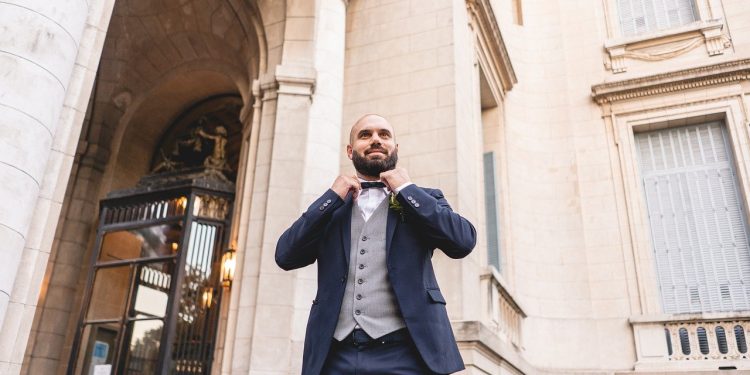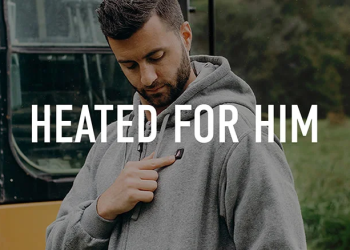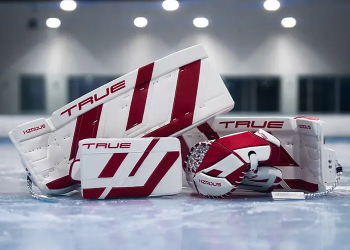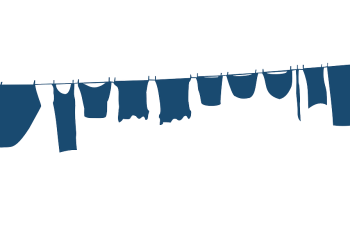Achieving the perfect fit is essential for looking and feeling confident in your clothes. No matter how stylish or expensive an outfit may be, an ill-fitting garment can undermine your overall appearance. Understanding fit involves more than just picking the right size; it’s about how clothes contour to your body and complement your proportions. Here’s a guide to help you choose the perfect fit for men’s clothes, ensuring a polished and flattering look.
The Importance of Fit
The right fit is the foundation of good style:
- Enhances Confidence:
- Properly fitted clothes make you feel more assured and comfortable.
- Creates Proportion:
- Well-fitted garments balance your body shape and highlight your best features.
- Shows Attention to Detail:
- A good fit conveys a sense of effort and sophistication.
Prioritizing fit over trends ensures your wardrobe remains timeless and versatile.
Understanding Your Body Type
Knowing your body type is crucial for selecting well-fitting clothes:
- Ectomorph (Slim):
- Narrow shoulders, lean frame.
- Opt for slim or tailored fits to avoid excess fabric.
- Mesomorph (Athletic):
- Broad shoulders, defined chest and waist.
- Choose clothes that highlight your proportions without being too tight.
- Endomorph (Broad):
- Rounder body shape with a wider waist.
- Look for structured garments that add definition and avoid clingy fabrics.
Understanding your body type helps you identify the styles and cuts that suit you best.
How to Fit Specific Garments
Each type of clothing has unique fit considerations:
Shirts
- Shoulders:
- The shoulder seams should align with the edge of your shoulders.
- Chest:
- There should be no pulling or gaping when buttons are fastened.
- Sleeves:
- Sleeves should end where your wrist meets your hand.
- Length:
- The shirt should stay tucked in or fall slightly below your waistband when untucked.
Trousers
- Waist:
- Should fit snugly without requiring a belt to stay up.
- Seat:
- The fabric should drape smoothly over your hips without pulling or sagging.
- Length:
- Hem should break just above the shoe or graze the top of your footwear.
Jackets and Blazers
- Shoulders:
- The shoulder pads should sit naturally without extending beyond your shoulders.
- Chest:
- You should be able to button the jacket without strain, leaving room for movement.
- Sleeves:
- Should end at your wrist bone, allowing a quarter-inch of shirt cuff to show.
- Length:
- The jacket should cover your seat and end mid-crotch for balance.
Jeans
- Waist:
- Should sit comfortably on your hips without gaping.
- Fit:
- Slim-fit jeans suit lean builds, while straight-leg styles work for most body types.
- Length:
- Hem should lightly rest on your shoes or be cuffed for a cleaner look.
Tailoring: The Key to a Perfect Fit
Off-the-rack clothing rarely fits perfectly, making tailoring essential:
- Common Alterations:
- Hemming trousers, shortening sleeves, and taking in the waist.
- Custom Fit:
- A skilled tailor can adjust garments to fit your unique proportions.
- Budget-Friendly Tip:
- Invest in affordable pieces and tailor them for a polished appearance.
Tailoring transforms ordinary clothes into bespoke-like pieces.
Choosing the Right Fabric
Fabric choice impacts how a garment fits and feels:
- Stretch Fabrics:
- Offer flexibility and comfort, ideal for activewear and casual clothes.
- Structured Fabrics:
- Materials like wool or cotton provide shape and definition for formal attire.
- Breathable Fabrics:
- Linen and lightweight cotton are perfect for warmer climates.
Selecting the right fabric ensures both comfort and durability.
Dressing for Proportions
Balancing proportions enhances your overall look:
- Tall and Slim:
- Avoid overly slim fits; opt for structured garments to add width.
- Short and Stocky:
- Stick to vertical stripes and monochromatic looks to elongate your frame.
- Broad Shoulders:
- Choose V-necklines and single-breasted jackets to avoid adding bulk.
Adjusting your wardrobe to your proportions creates a harmonious appearance.
The Role of Footwear
Shoes impact how your outfit fits:
- Formal Shoes:
- Ensure trousers are hemmed to complement your dress shoes.
- Casual Shoes:
- Slim-fit jeans pair well with low-profile sneakers, while straight-leg styles suit boots.
Coordinating footwear with your outfit ensures a cohesive look.
Common Fit Mistakes to Avoid
Avoid these pitfalls to maintain a sharp appearance:
- Overly Tight Clothing:
- Uncomfortable and unflattering, it restricts movement.
- Baggy Garments:
- Excess fabric creates a sloppy silhouette.
- Ignoring Proportions:
- Mismatched fits, such as a loose shirt with slim trousers, disrupt balance.
Attention to detail prevents these common errors.
Building a Fit-Focused Wardrobe
Curate a wardrobe centered on fit:
- Start with Staples:
- Invest in well-fitted basics like white shirts, dark jeans, and a navy blazer.
- Try Before You Buy:
- Always try on clothes or check size charts when shopping online.
- Adjust Over Time:
- Regularly assess your wardrobe to ensure everything still fits as your body changes.
A fit-focused wardrobe simplifies dressing and boosts confidence.
By understanding your body type, choosing the right fabrics, and prioritizing tailoring, you can master the art of fit. These principles ensure your clothes enhance your appearance and reflect your personal style.








